100th Anniversary Great Nave Tour at the Cathedral of St. John the Divine
Celebrate the 1925 construction of the stunning nave inside the world's largest Gothic cathedral!


More than two million people visit New York’s Museum of Modern Art (MoMA) every year — and it’s not hard to understand why. This powerhouse art institution was the city’s first museum focused exclusively on modern art. Inside its hallowed halls, it houses masterpieces by some of the greatest artists to ever live, including Henri Matisse, Pablo Picasso, and Vincent Van Gogh, to name just a few. Its sculpture garden designed by legendary architect Philip Johnson is an attraction in and of itself.
Following a $450 million expansion by Diller Scofidio + Renfro in collaboration with Gensler to their space on West 53rd St, which added 45,000 square feet of space in 2019, the museum has one-third more gallery space than the institution’s original 80-year-old floor plan. The recent re-opening introduced visitors to the new David Geffen Wing – an expansion that occurred with the takeover of the previous American Folk Art Museum on West 53rd Street. Visitors also have entry to The MoMA PS1, based just across the East River in Long Island City, Queens, with their ticket for The MoMA. The MoMA PS1 exclusively shows work by contemporary artists – and was the first nonprofit museum in the United States to focus solely on contemporary art. The MoMA as an institution continues to become bigger and more important than ever. Yet, even if you’ve visited the museum many times, you might have missed some of its more curious works or glossed over some of its history. We dug up ten fascinating secrets about the museum, from its founders to its brush with the Oscars.
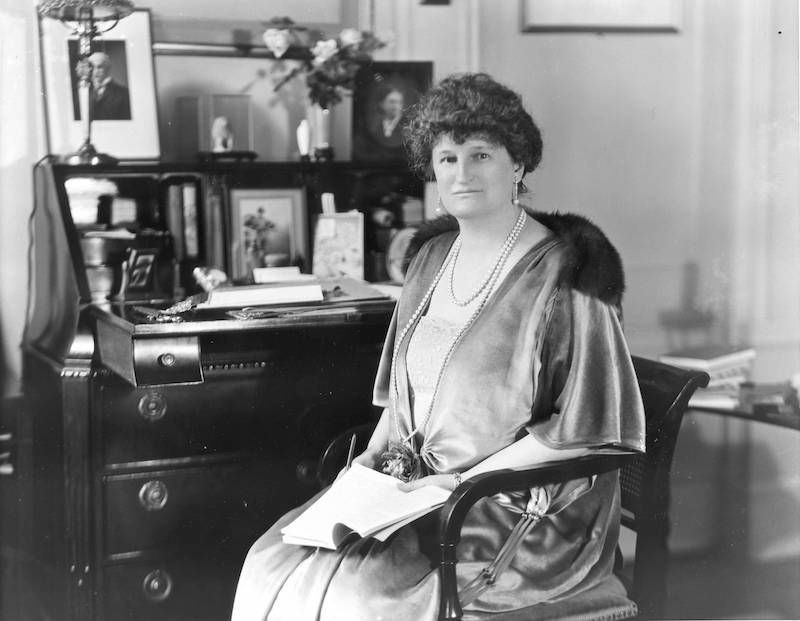
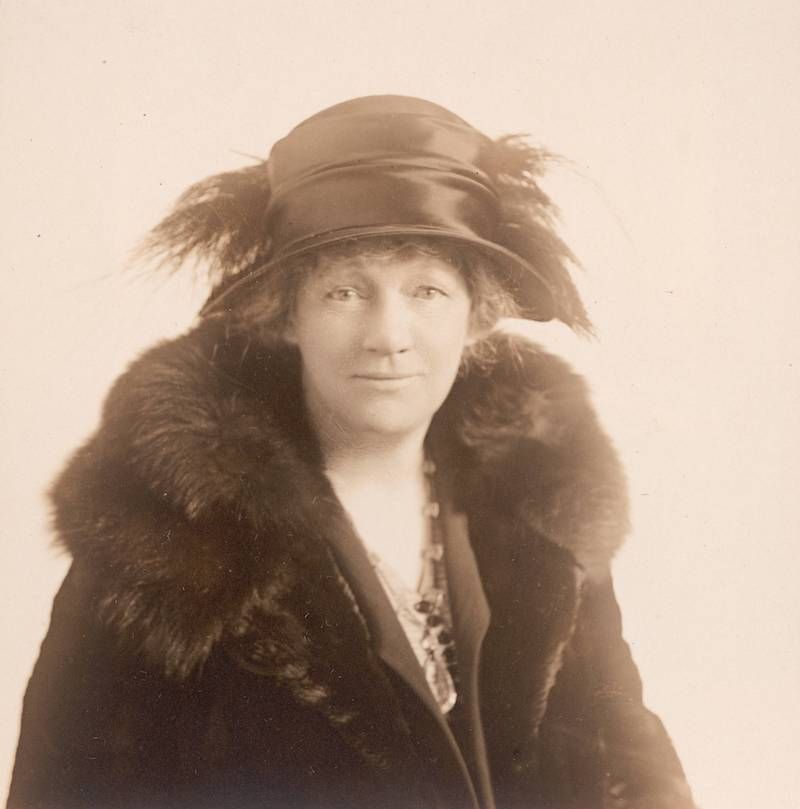
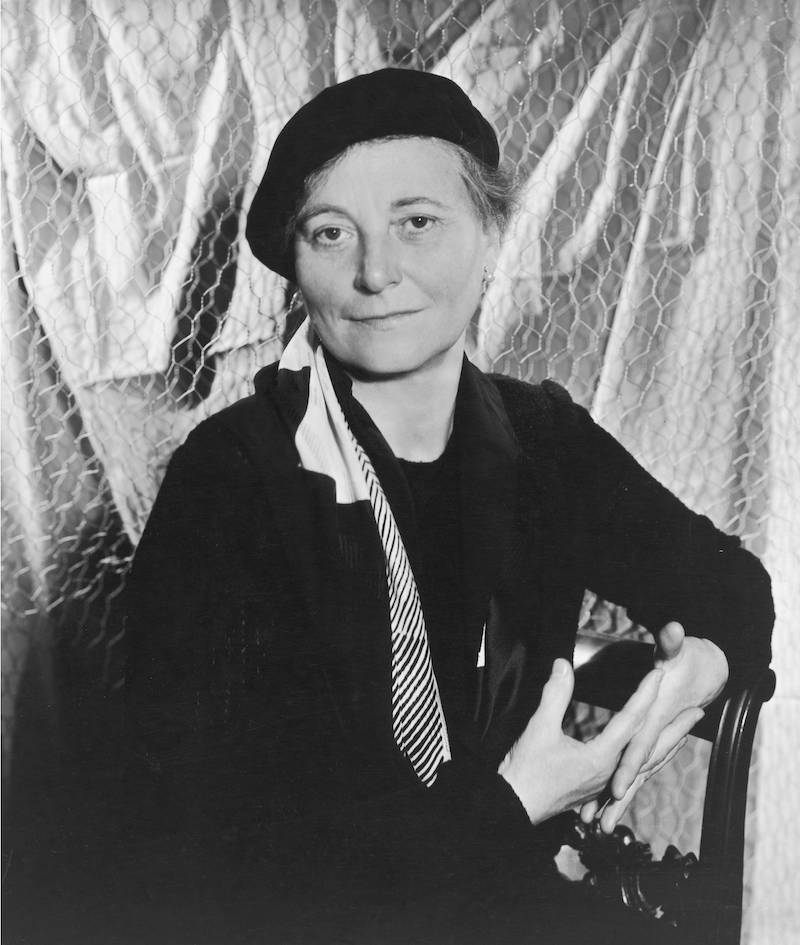
The MoMA is one of the most important art museums in New York City — and was the city’s first museum dedicated to modern art. So it may come as a bit of a surprise that it was founded not by wealthy men like J.P. Morgan (one of the founders of the Metropolitan Museum of Art) but by three women. Abby Aldrich Rockefeller, Lillie P. Bliss, and Mary Quinn Sullivan decided over lunch in 1928 to create a museum focused on modern art, inspired by European institutions like the Musée du Luxembourg in Paris.
Less than a year later, the Museum of Modern Art opened on the 12th floor of a Fifth Avenue office building. The museum relied on donations, as there was no money for purchases. The first works to join the collection were eight prints and drawings donated by Paul J. Sachs. When Lillie P. Bliss died, she bequeathed her collection of Post-Impressionist works, many of which still hang in the museum today.
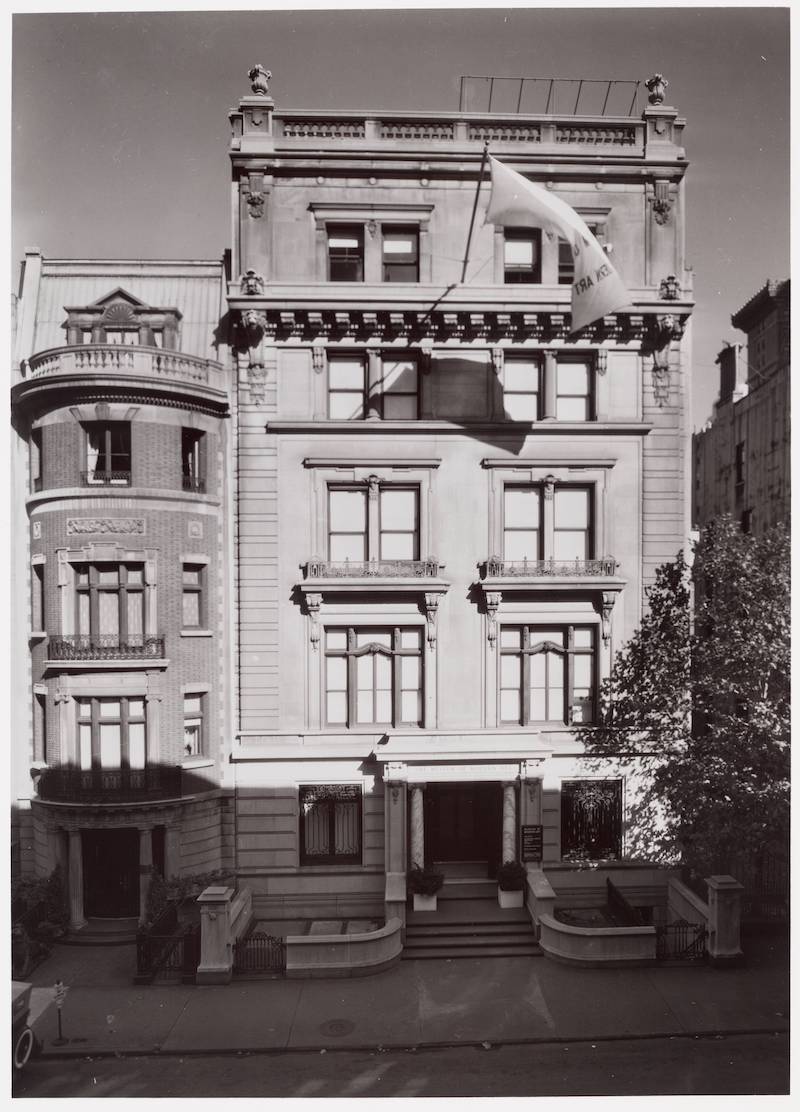
One of the most important donations made to the Museum of Modern Art was not art, but rather real estate. Abby Aldrich Rockefeller and her husband John D. Rockefeller Jr. donated their seven-story townhouse on 53rd street and let the museum demolish it in order to build the sculpture garden (subsequently named for Abby). Abby and John were both collectors and patrons of the arts, but John’s taste was much more conservative, whereas Abby was more interested in contemporary art and American folk art. Legend has it that before they donated their townhouse to The MoMA, but after their children were grown, Abby transformed the seventh-floor nursery into her own personal art gallery.
Fun fact: Across from the museum today still stands another Rockefelle residence at 13-15 West 54th Street, where John D. Rockefeller (senior) and his wife Abby Aldrich Rockefeller resided for 40 years. These twin buildings were built in 1897 by architect Henry Hardenbergh — the mastermind behind the Dakota Building and Plaza Hotel — and today houses a Southern Italian comfort food restaurant called Il Gattopardo.
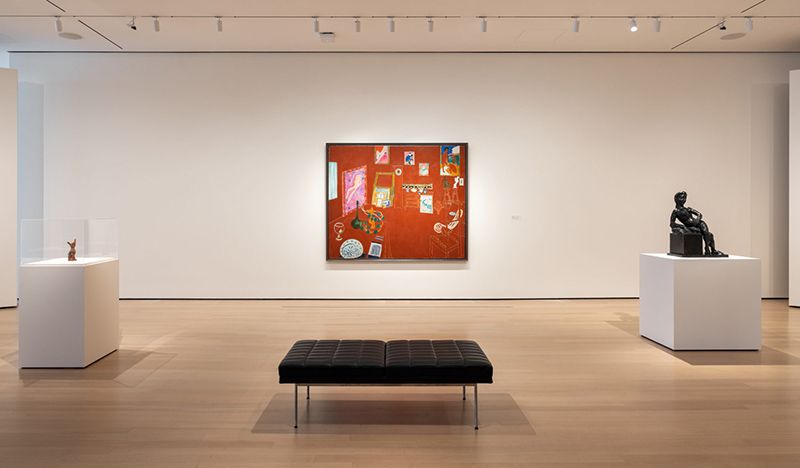
In 1931, the museum put on the first solo show of works by Henri Matisse in the United States. It also happened to be the museum’s first monographic exhibition. The show featured more than 130 works, including paintings, sculptures, watercolors, drawings, and prints. For many New Yorkers, it was their first direct encounter with Matisse’s work. Matisse was not able to attend the exhibition, but sent a personal note to the show’s curator, Museum director Alfred H. Barr Jr., praising the “perfect installation” and sketching two nudes in Barr’s catalogue.
Today, The MoMA has one of the world’s most comprehensive collections of Matisse’s work and one of the paintings that was exhibited in his 1931 solo show is still on view. Look for The Moroccans in Gallery 506.
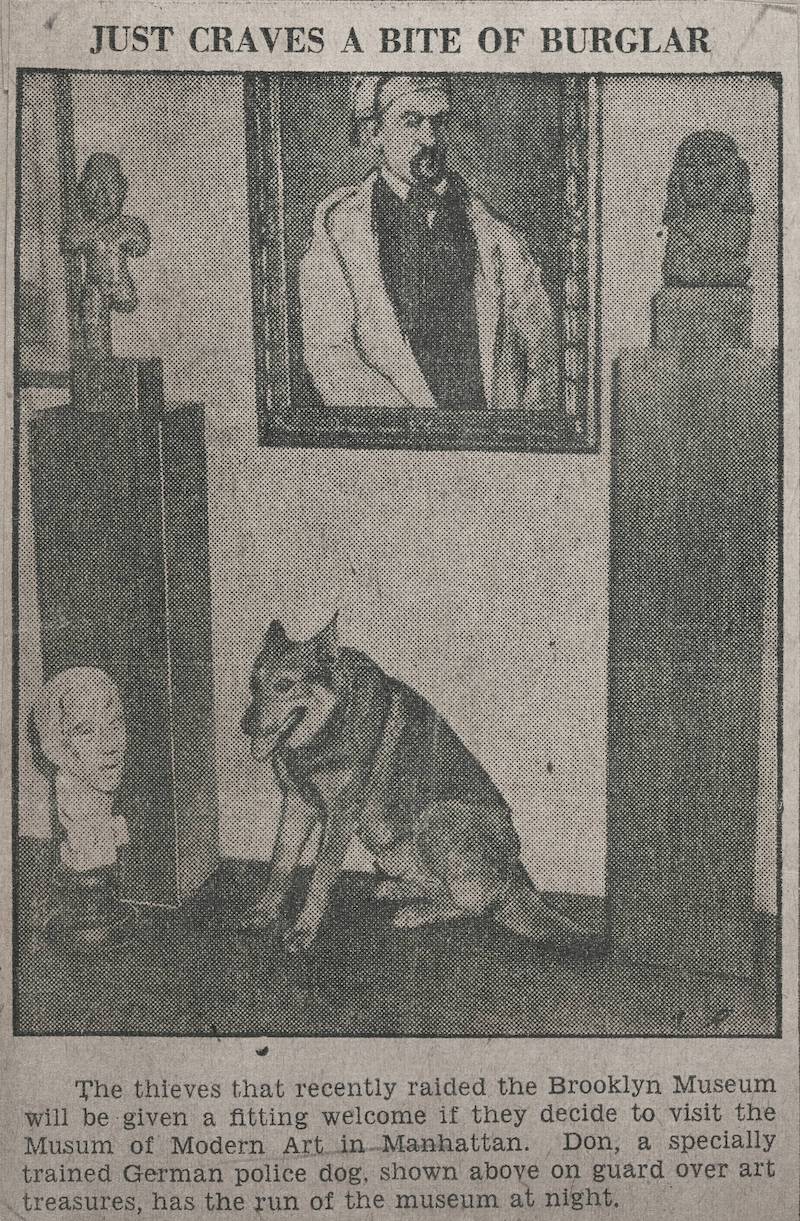
The MoMA’s runaway success prompted a move from the Heckscher Building on 57th and Fifth to a townhouse owned by the Rockefellers at its current address on 53rd Street in 1932. Perhaps fittingly for the museum’s new, more residential address, it also got a new occupant: a guard dog named Don. The German Shepard made headlines for being the only museum watchdog in New York City at the time. Following a highly publicized heist at the Brooklyn Museum, Don was given to The MoMA by Vanity Fair magazine.
Don was responsible for night-time patrols, and during the day could often be seen lolling about in the backyard or sunning on the upper terrace. According to The MoMA’s website, “Within a year he had become so friendly with visitors that he had to be retrained to be wary of strangers.”
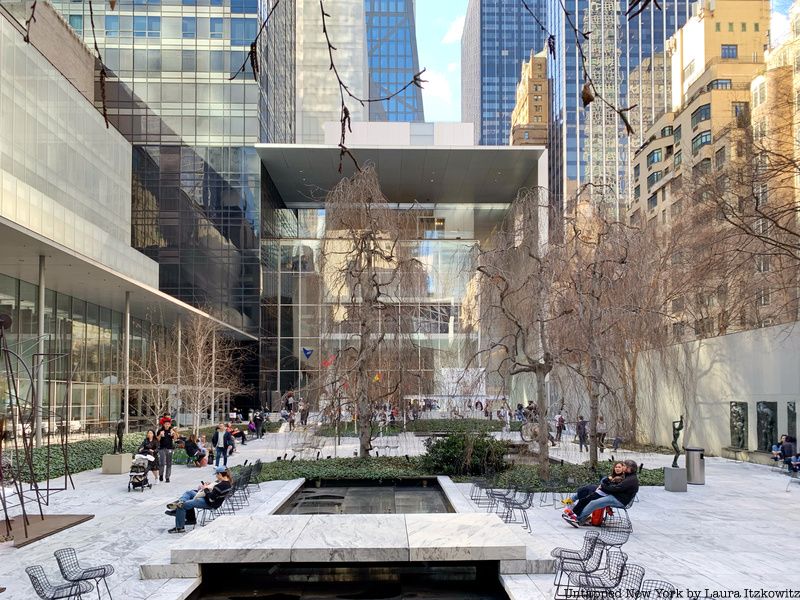
For the museum’s tenth anniversary, a new building was commissioned — and it broke with typical museum architecture. Instead of a traditional Beaux-Arts building with a monumental staircase, The MoMA was designed in the International style with an entrance at street level. The architecture was meant to send a message that the museum is a democratic space and all are welcome. It was, in part, inspired by the Bauhaus designed by Walter Gropius in 1925, which The MoMA’s director Alfred H. Barr Jr. visited during a trip to Germany in 1927.
Barr apparently wanted Ludwig Mies van der Rohe (of the Seagram Building) to design the building, but the commission was given to American architects Philip L. Goodwin and Edward Durell Stone with a sculpture garden designed by the museum’s architecture curator John McAndrew and Barr. (The sculpture garden you see today was designed by Philip Johnson in 1953.) In stark contrast to the brownstones and Beaux-Arts townhouses on the block, The MoMA’s new building was six stories of sleek white marble with windows made of Thermolux, a new kind of insulated glass that helped diffuse light in the galleries. Upon completion of the new building, President Franklin Delano Roosevelt praised the museum in a radio address, saying, “In encouraging the creation and enjoyment of beautiful things we are furthering democracy itself. That is why this museum is a citadel of civilization.”
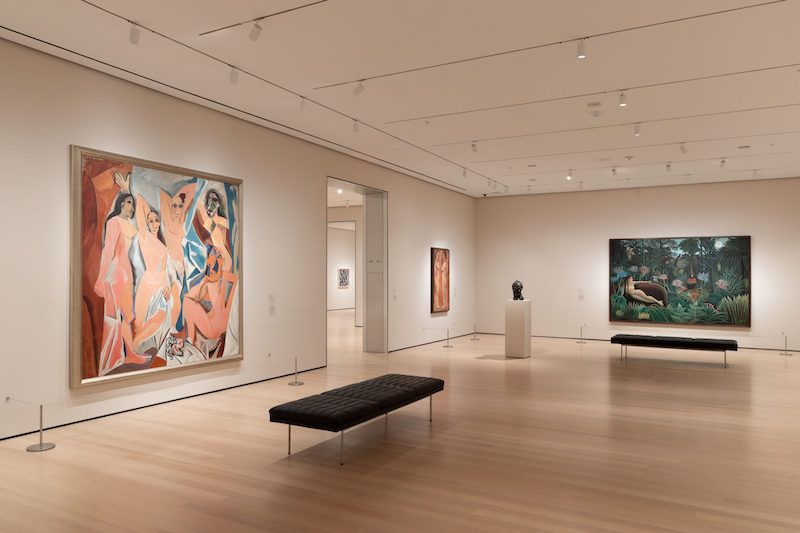
When The MoMA’s co-founder Lillie P. Bliss died in 1931, just two years after the museum was established, she left behind a collection of more than 150 paintings, prints, and drawings by Impressionist painters like Degas, Renoir, Cézanne, and Seurat. But the truly remarkable thing was that Bliss specified that her works could be sold in order to acquire new works for The MoMA’s collection.
It’s thanks to Bliss’s generous gift that some of the most famous works in The MoMA’s collection were acquired, including Picasso’s Les Demoiselles d’Avignon, which was purchased with funds from the sale of a Degas. Van Gogh’s Starry Night was also acquired by selling some works from her collection. Today, these are among the most popular paintings at the museum.
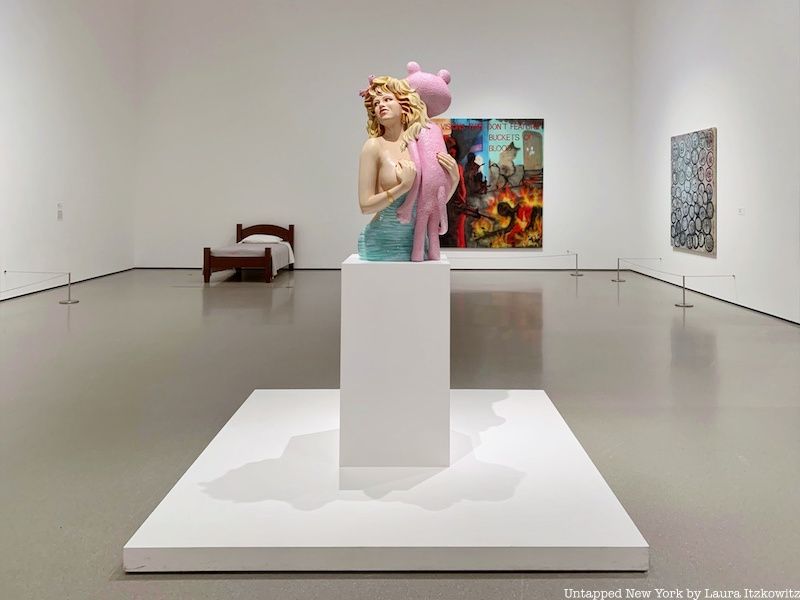
Nowadays you can see works by Sol LeWitt, Jeff Koons, Robert Ryman, and Robert Mangold in the museum’s galleries, but before they became famous they actually worked at the museum. Sol LeWitt started working at the book counter in 1960 and met other artists like Dan Flavin and Robert Ryman. “If I hadn’t been working here and if I hadn’t known Flavin and Ryman and Lippard and some other people, it may not have clicked. You never know; it may have or it may not. But it did. So that was crucial. The policy that they had of employing artists as guards and as people doing lesser jobs was, I think, a very good policy,” LeWitt later recalled.
Jeff Koons moved to New York City in 1977, after hearing Patti Smith‘s album Horses on the radio and deciding he wanted to be a part of the city’s cultural scene. His first job in New York was working at The MoMA on the membership desk. He attracted attention by wearing polka dot shirts, big bow ties, and sometimes even an inflatable plastic flower. Koons claims that The MoMA membership doubled during his time there. Poet Frank O’Hara and actor Kathy Bates also worked at The MoMA before becoming famous.
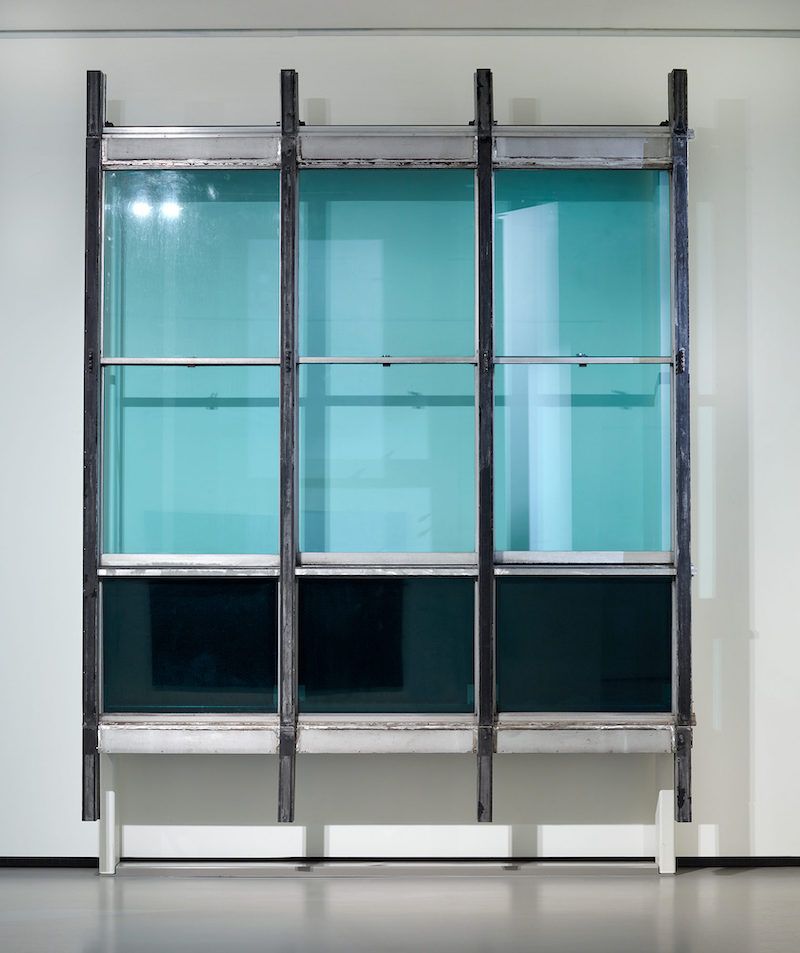
Amid all the blockbuster art, it would be easy to miss a rather unassuming yet important piece of architecture. A piece of the curtain wall from the United Nations Secretariat building designed by the UN’s Board of Design, which included illustrious architects Wallace K. Harrison, Max Abramovitz, Oscar Niemeyer, and Le Corbusier, between 1947 and 1952, stands in Gallery 417. It was given to The MoMA by the United Nations.
“What’s fascinating about this object is it’s one of the first façades that was part of a fully glazed glass façade. Architects have imagined and fantasized for a long time how to create a fully glass enclosed building and the United Nations Secretariat was one of the first buildings that actually materialized this idea,” Evangelos Kotsioris, curatorial assistant in The MoMA’s department of Architecture and Design, says in a video. Though the UN Secretariat building isn’t one of New York’s tallest skyscrapers, it became the archetype for the city’s modern glass-clad buildings, so it’s fitting that The MoMA preserves and honors this piece of architectural history.
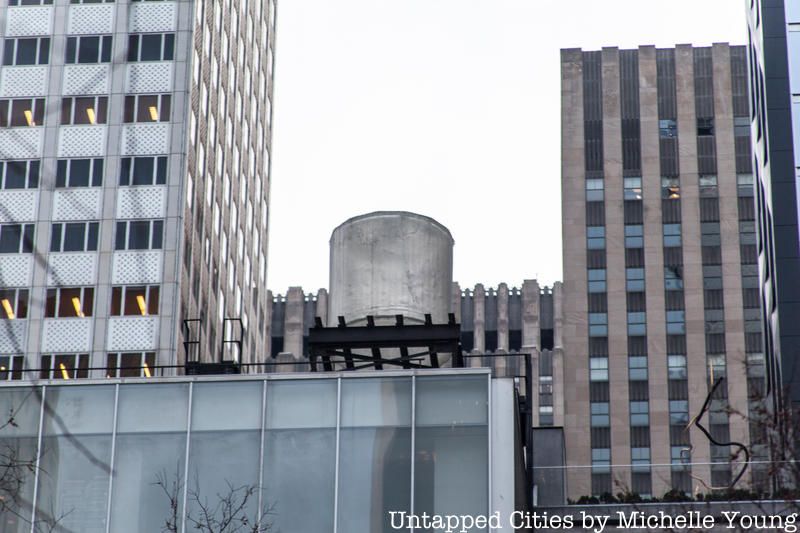
When visiting The MoMA’s sculpture garden, don’t forget to look up! One of the easiest-to-miss works of art in the collection is Water Tower by British artist Rachel Whiteread. Originally commissioned by the Public Art Fund and installed on a SoHo rooftop in 1998, the sculpture is a resin cast of a once-functioning cedar water tower.
“One of my first times in America I noticed the water towers on the rooftops of New York City and I enjoyed these objects. I didn’t really know what they were, I didn’t really know why they were there, but as these weird wooden barrel-like objects sat on top of many rooftops in very awkward ways, it occurred to me that they were like part of the furniture of the city, sort of street benches, they’re just something that no one really took much notice of,” Whiteread said. “Something that I often do is try to give those places and spaces that have never really had a place in the world some sort of authority and some sort of voice. So I decided that what I wanted to do was to cast one of these water towers in clear resin. I wanted to make a jewel on the skyline of Manhattan.”
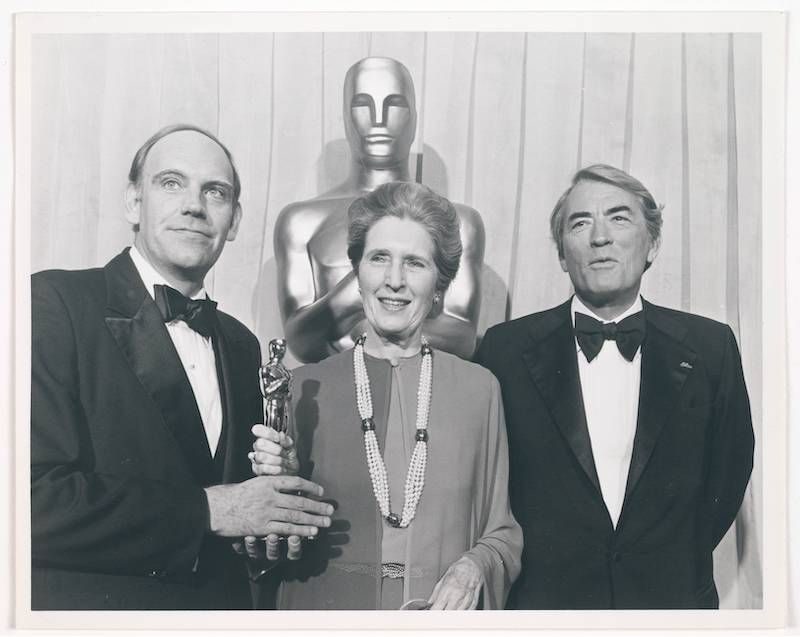
Most works in the museum’s collection were either donated or purchased, but one very special gold-plated statue was awarded to The MoMA at the 51st Academy Awards ceremony in Los Angeles. In 1979, the museum won an Oscar for its “contributions to the public’s perception of movies as an art form.”
It was a well-deserved award, as The MoMA has been championing film as an art form since the founding of its film department in the mid-1930s. Today The MoMA’s film collection includes 30,000 films and 1.5 million film stills.
Next, read about the top 10 secrets of the Metropolitan Museum of Art!
Subscribe to our newsletter